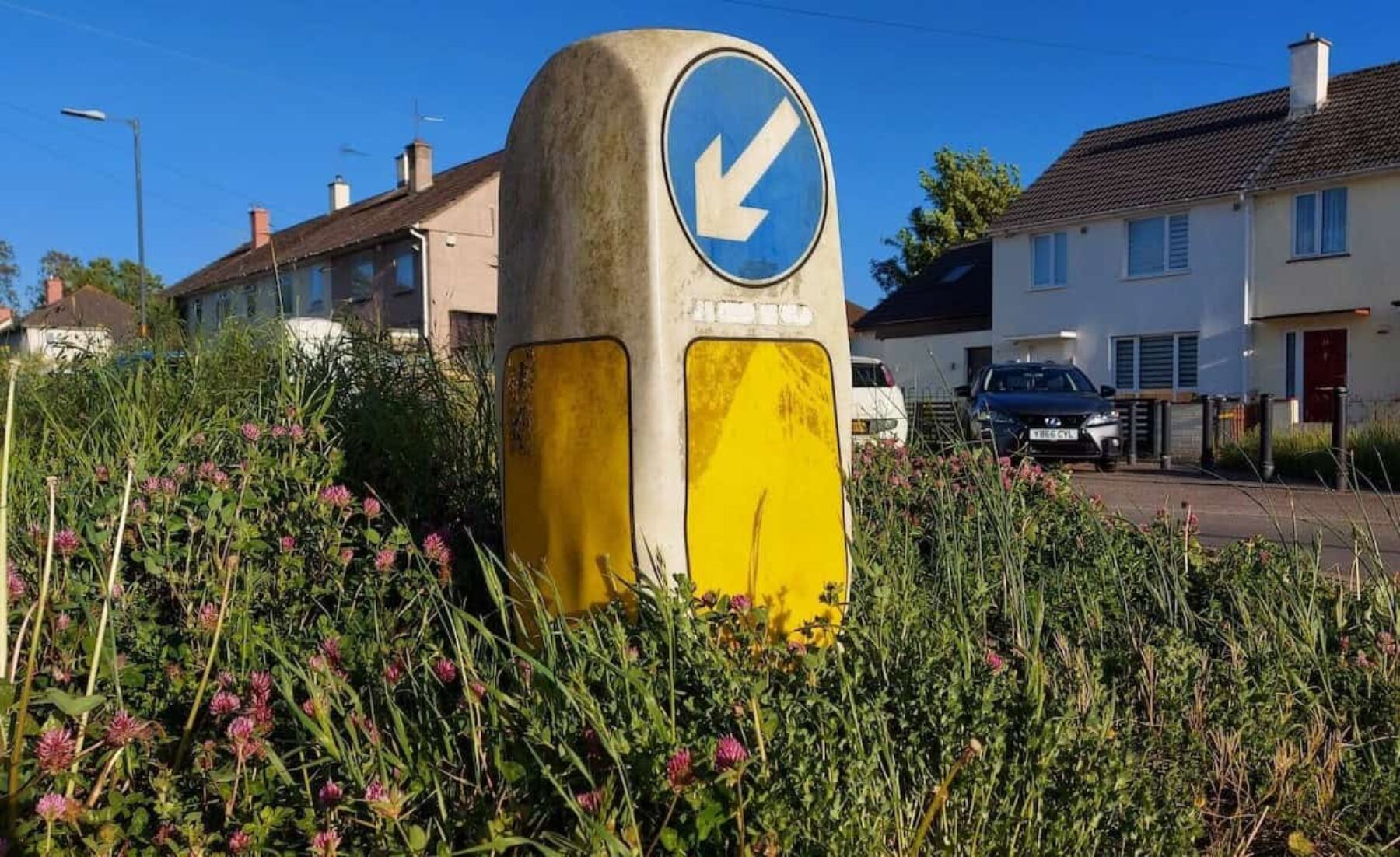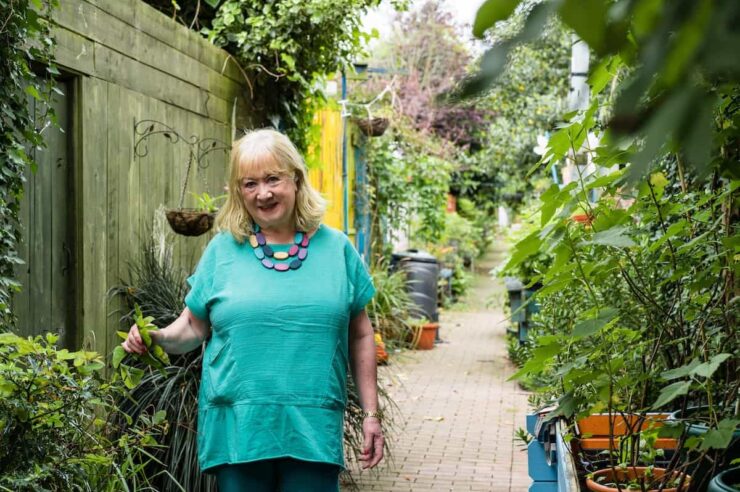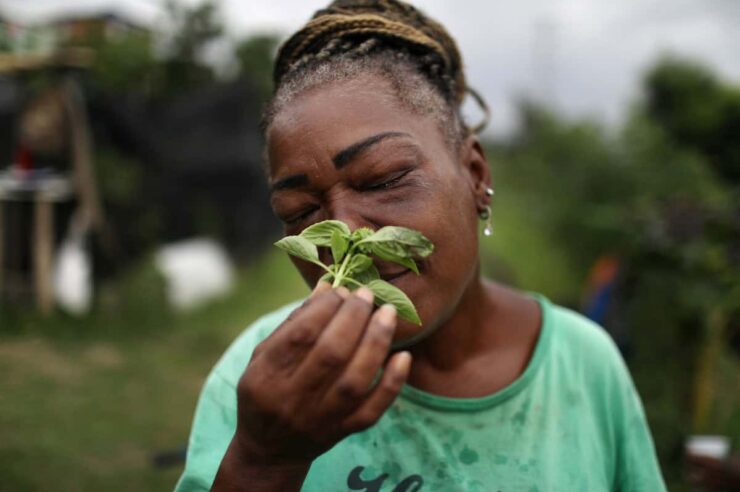From mini roundabouts to abandoned tennis courts, communities are breathing new life into unusual places – and are calling on others do so the same
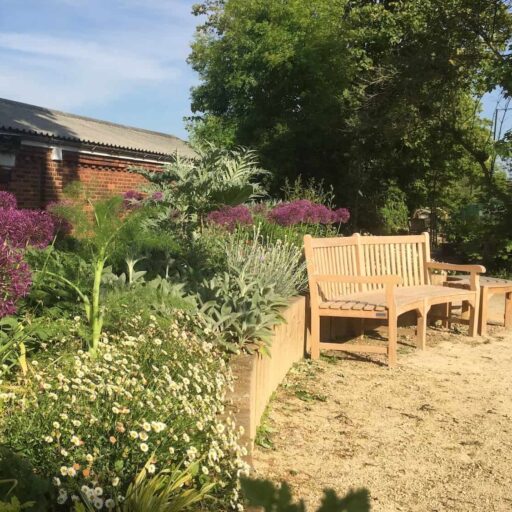
Located between a trainline and a busy road, visitors call Crofton Park Railway Garden “a green pocket in the middle of the asphalt jungle”. Many believe it has united the local community.
The 0.2-hectare strip first became a community garden in 2012. But, despite volunteers’ best efforts, areas of the space remained unloved.
In 2018, a partnership with station operators Govia Thameslink and a funding push helped transform the space. Once full of brambles and litter, it’s now packed with wildlife-friendly flowers, including 5,000 spring bulbs and perennials that bloom into winter.
Image: Crofton Park Railway Garden

In 2019, with help from his GoodGym Somerset running group, wildlife filmmaker Matt Brierley turned a weedkiller-zapped mini-roundabout on his street in Henbury, Bristol, into a meadow.
Using a grant from habitat restoration charity Restore Our Planet, they replaced the toxic soil from the roundabout with fresh compost. They planted low-growing, insect-friendly flowers, to ensure visibility for drivers.
The mini meadow now blooms from February to October, with plants such as birdsfoot trefoil and kidney vetch – the only food small blue butterfly caterpillars eat.
Image: Matt Brierley
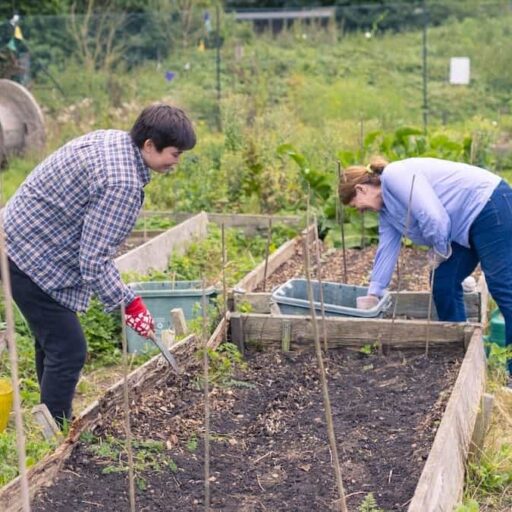
In 2010, the OxGrow project turned two unloved tennis courts into a community food garden. Lugging building materials and soil over a railway bridge wasn’t easy, but the garden is now full of fruit, herbs and vegetables, including rare, ancient apple varieties.
OxGrow’s flowers entice bees from the hives of a neighbouring eco park. The insects pollinate, produce and pay the rent for the land: one jar of honey a year to Corpus Christi College. OxGrow’s on site cafe sells produce to raise funds for a local food bank. During lockdown they sent out seeds to get locals growing.
Image: Simon Roth
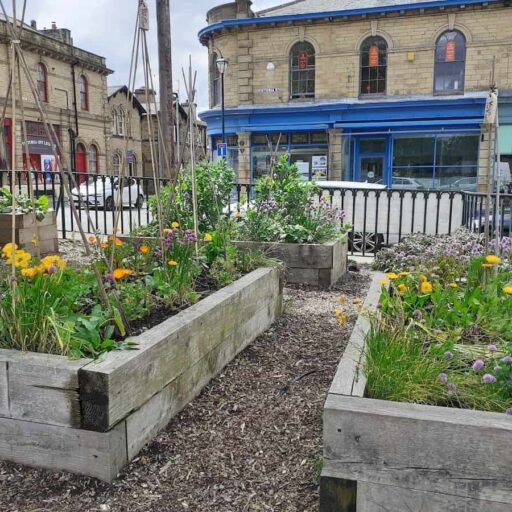
Dotted all over Saltaire, Veg On The Edge’s community growing spaces form a living larder for locals.
In the garden on Saltaire station’s platform one, members grow figs, tomatoes and apricots. All are designed to be picked by passing commuters. A few streets away, the Japanese garden forms a border of mulberry, wineberry, wasabi and edible hostas.
The group’s first community garden, created in 2015, is located in a car park on the site of the town’s old Sunday School. There are three raised veg beds: one for rhubarb and another for edible flowers, as well as pear trees and fruit bushes.
Image: Veg on the Edge
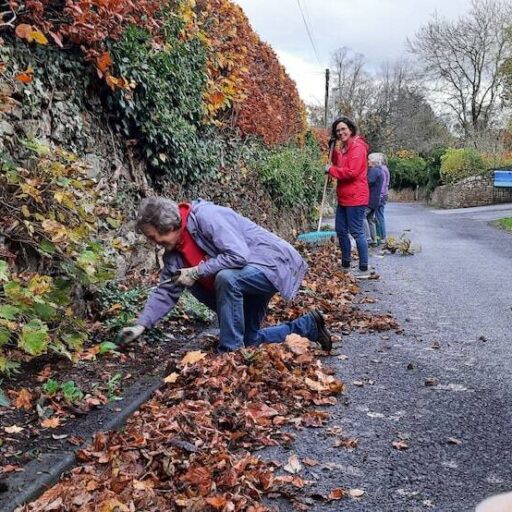
Since 2019, Hexham Space 4 Nature has worked to make the town more wildlife-friendly. They persuaded the council to let them turn a verge opposite the local cemetery into a meadow, planting pollinator-friendly seeds.
Other projects include swift nesting boxes dotted over town and Hexham Hoedown, a project that encourages residents to clear weeds in the streets by hand to avoid spraying glyphosate. They have also replaced a bare strip of weedkiller-contaminated soil in Sele Park with a woodland wildflower border. It’s now visited by redwings hunting for insects.
Image: Hexham Space 4 Nature
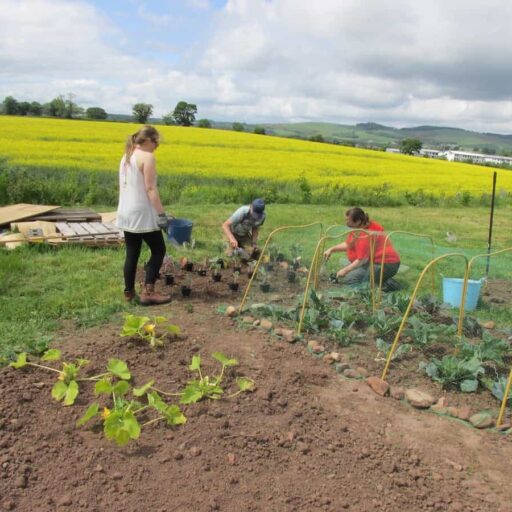
Abundant Borders, a network of community gardens in Scotland, wants everyone to have access to healthy food. Since 2016, it has set up growing spaces on housing development sites, allotments and in town centres.
The group also turned a disused, weed-covered wasteland behind the Hawick Salvation Army community store into a thriving food garden. It grows herbs, salads, soft fruits, root veg, aubergines and peas.
Chief officer Karen Birch describes the project’s volunteers: “People who like to be outdoors, potter about and share a blether and a cuppa in good company.”
Image: Abundant Borders
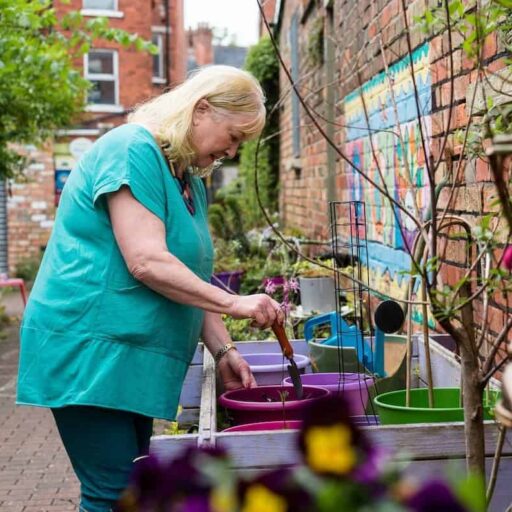
Once marred by vandalism and fly-tipping, a neglected alleyway in Belfast has been transformed into a colourful, plant-filled haven by the local community.
Locals started by painting their gates bright colours. Then they installed planters, sowed wildflowers and bought a bench. Now the space is a colourful, plant-filled oasis that helped unite a community once divided down sectarian lines.
The council wasn’t much help, mind. “Ask for forgiveness rather than permission,” advises project co-founder Bríd Ruddy (pictured). Read the full story here.
Image: Elaine Hill
Image: Matt Brierley
Help us continue to break the bad news bias
Positive News is helping more people than ever to get a balanced view of the world – one that supports their wellbeing and empowers them to make a difference towards a better future. And as our audience and impact grows, we’re showing the rest of the media that good news matters.
But the UK’s cost of living crisis is affecting our income, with fewer people able to commit to a magazine subscription – which has traditionally been our main source of funding. Plus, paper and printing costs keep rising.
We don’t want to put a paywall on our website, because we believe everyone should have the chance to benefit from good news. But we won’t be able to continue funding our online reporting without your help.
If you value what we do and can afford to, please consider making a one-off or regular contribution as a Positive News supporter. We need 1,000 readers to contribute just £3 per month to get us through this challenging time.
And remember, as a not-for-profit, we work only in service to you, and all funds go towards our journalism.
